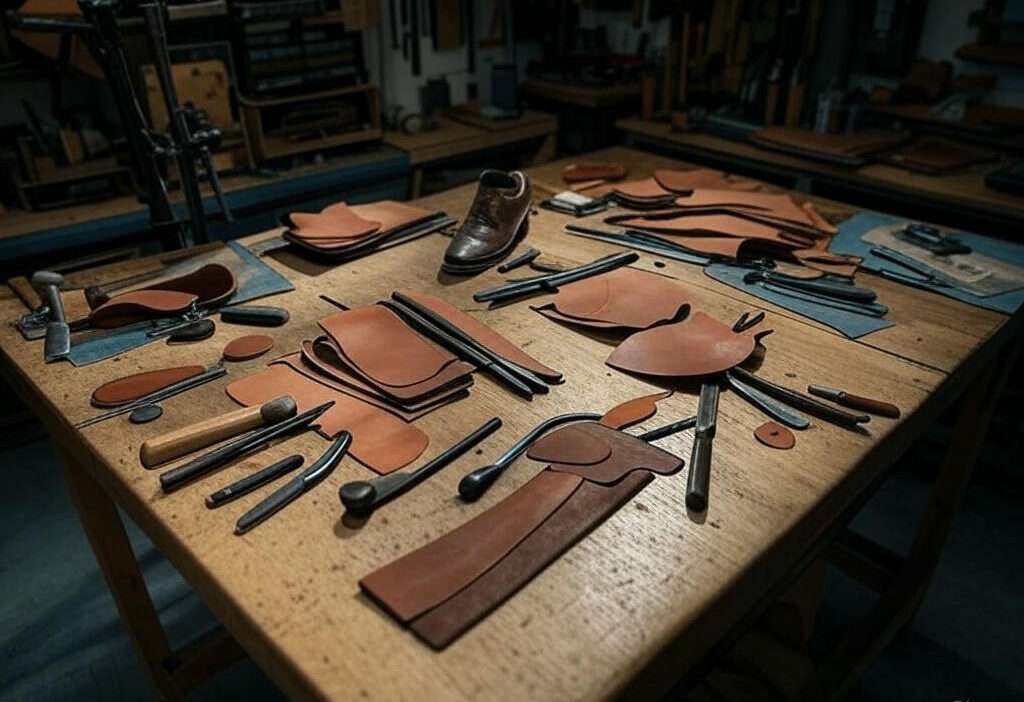One of the biggest decisions I made when starting Banjaaran Studio wasn’t really a decision at all. We simply had no choice but to manufacture in-house. We had no money to buy inventory and no product knowledge to find the right suppliers. So we started making everything ourselves. Three years later, I can tell you this: it’s been a double-edged sword.
The Upside
Let’s talk about the sharp edge that cuts in our favor:
Complete quality control. Every product passes through our hands.
The ability to iterate rapidly. We spot a problem, we fix it the same day.
Zero inventory risk. We make what we need when we need it.
And most importantly, we developed deep product expertise that most brand owners never get. I know exactly how our products are made, down to the last stitch.
The Downside
But there’s another edge that cuts against us:
Manufacturing is a completely different business than retail. We’re essentially running two companies.
Scale becomes a massive challenge. When orders spike, we feel the pressure physically.
Capital gets tied up in machinery and infrastructure rather than marketing or expansion.
And the mental bandwidth required is intense. I’ve spent countless nights troubleshooting production issues instead of focusing on brand building.
The Reality Check
Here’s the truth most D2C brands don’t talk about: production is messy. It’s physical. It’s demanding.
When we started, I imagined myself as a brand visionary. Instead, I spent my first year learning about materials, processes, and supply chains. Some days I felt more like a factory manager than a brand creator.
The Evolution
Moving forward, our approach will evolve. We have plans to expand our product assortment by introducing different types of products beyond footwear. Our strategy is clear: all footwear will definitely continue to be manufactured in-house, where our expertise lies. But for any non-footwear products we introduce, we’ll work with vetted manufacturing partners.
As we increase our product offerings, we’ll build a robust supply chain around these new categories. This expansion will naturally lead to a hybrid model that gives us the best of both worlds. Control where it matters most with our core footwear products, and scalability where we need it for our growing product lines.
The Verdict
So was building in-house manufacturing the right call? It was the only call we could make at the time, and it built the foundation of our business. But it’s not the right path for every brand.
If you’re starting a D2C brand, I’d love to hear your approach to manufacturing. Are you making it yourself, outsourcing locally, or going overseas? Drop your thoughts in the comments.
Kveer, signing out.



